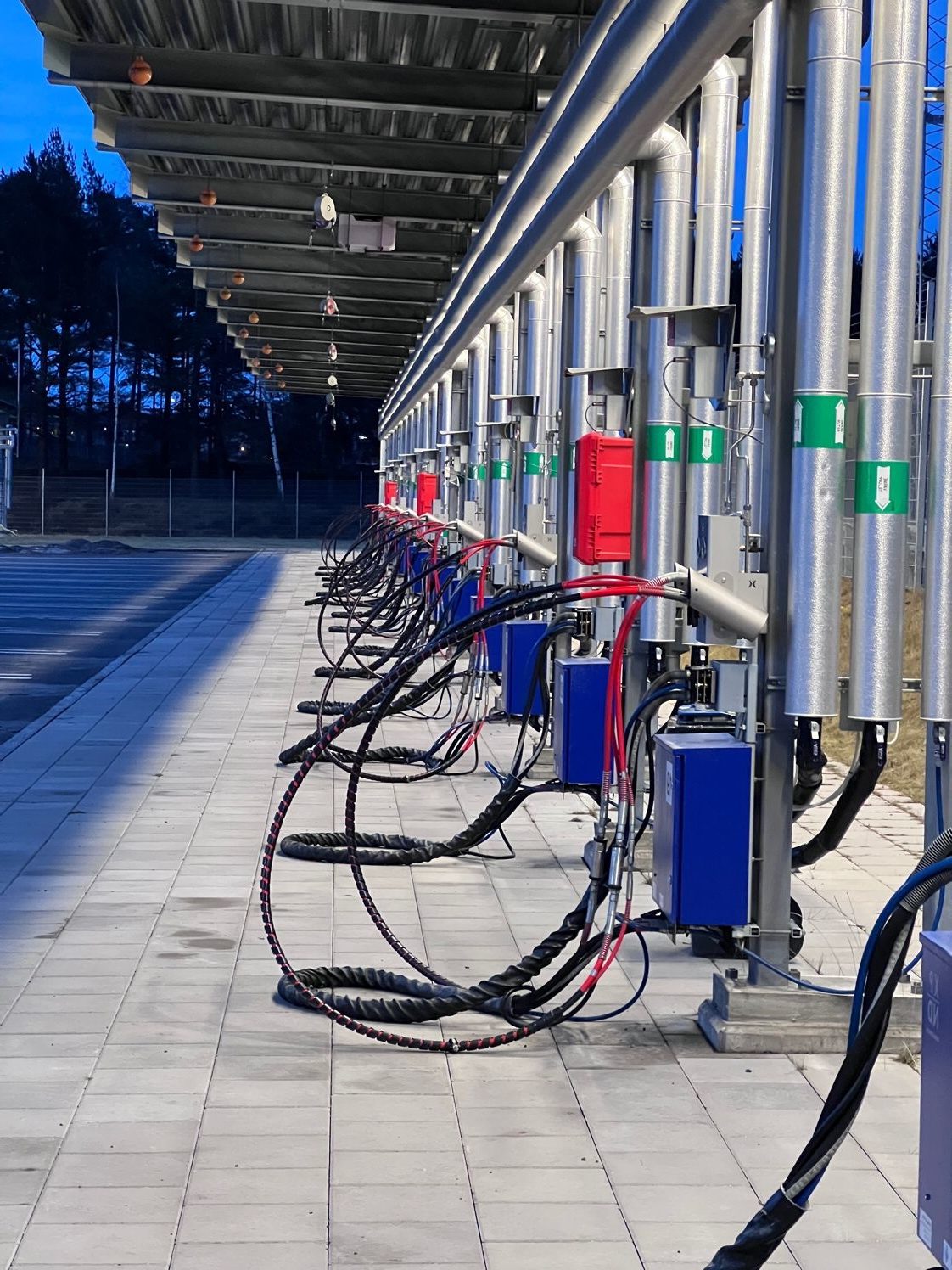Global food waste concerns
The statistics contained in the UNEP Food Waste Index Report released last week provide a stark reminder that global communities should strive towards the avoidance of food waste and there is much work to do in addressing the UN’s Sustainable Development Goal 12. Approximately 60% of the 1 billion tonnes of annual global food waste originates in households, with a significant portion being inedible.
The report further suggests that food waste accounts for 8-10% of global greenhouse emissions. When food waste is unavoidable, it is vital that the treatment options deployed abate these emissions and harness latent energy potential by utilising food waste to energy techniques.
Anaerobic digestion: a well-established conversion technology
Anaerobic digestion (AD), the process in which microbes break down organic matter into a methane rich biogas, provides an effective and efficient means of converting food waste to energy. The technology is well established at a global spatial level and serves all aspects of the food value chain from agriculture and raw ingredient production, to food manufacturing and treatment of household food waste. The quality of technology, supplier capabilities, and range of reference facilities has established AD as one of the more effective and efficient means of treating unavoidable food waste.
What are the food waste to energy opportunities?
Biogas serves various purposes, each with its distinct advantages. Options for using biogas can be categorised into four distinct groups, three of which are well established, while the fourth category encompasses a range of innovative and novel applications.
- Renewable electricity generation. This option has for many years been the default. Biogas is combusted in a combined heat and power engine to produce electricity and heat in the form of hot water. Approximately 40% of the latent content of food waste is converted to electricity, with a further 40% potentially captured as heat. The latter does, however, require a suitable and proximate heat consumer to be available which is not always the case. In too many examples, the absence of heat use limits the full potential of energy from food waste.
- An alternative to (fossil) methane gas. This option involves using membrane or water mist filtration techniques to separate the methane content from the biogas (biomethane) to a purity where it can be injected into the gas transmission grid; or bottled for distribution. Technology suppliers now offer tried and tested package solutions which can be integrated into anaerobic digestion plants. Gas grid operators are now familiar with biomethane injections into their grids and the UK government has financially incentivised this option first through the Renewable Heat Incentive (RHI), and more recently through the Green Gas Support Scheme (GGSS). A benefit of the approach is that a much higher proportion of the latent content of food waste is converted to energy. This option can form part of a low carbon heating strategy, particularly in off-grid areas, and in housing stock which is unsuited to other electrified heating options (e.g. air-source heat pumps).
- Vehicle transport fuels. Another option for upgraded biomethane is for the gas to be used in vehicles which have CNG engines. This option is particularly appealing in the HGV sector where battery vehicles are less prevalent and are limited by range and operations. The fact that organisations who collect food waste (e.g. Councils and waste management companies) generally have large fleets, including refuse collection vehicles and buses, provides a range of off-take opportunities for the generated biomethane. In the commercial sector, many large fleet operators including leading food retailers are adopting biomethane vehicles, supported by an ever-increasing network of filling stations that dispense low carbon fuel. The UK government has again financially incentivised this option through the Renewable Transport Fuel Obligation (RTFO) which has supported rapid growth and offers further food waste to energy opportunities. This option also offers an additional air quality benefit by substantially reducing particulate emissions from road vehicles.
- Innovative options. Biogas is also seen as a potential energy source for a range of novel applications including hydrogen, bioethanol and chemical manufacture. Whilst some of these options appear promising, they have not been demonstrated at a commercial scale and are therefore a novel option for food waste to energy. Consideration also needs to be given to alternative option for producing these substances, especially noting that heating and transport fuel options offer a use for food waste derived energy that is well deployed and offering a strong carbon benefit.
What is the right approach for unavoidable food waste to energy?
The options for individual plants will very much depend on the available off-takes for individual projects, particularly where a plant can serve adjacencies. For example, a food manufacturing plant with a high power and heating demand may be well placed to develop a CHP option, whereas a more generic location may be better contributing to the heating or transport fuel demands.
Landing on the right answer for your project can require comparative modelling of the options, and often the best option is informed by the avoided cost and carbon and savings that are offered by the adjacencies. Fully considering the right option is not only important at a project level, but is also essential to provide a coordinated response to the 8-10% of global greenhouse gas emissions for which food waste is responsible.
